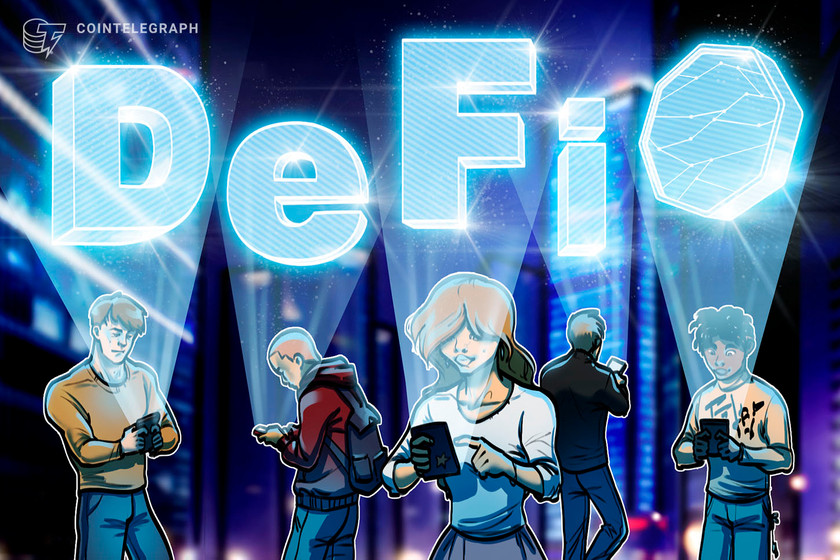Blockchain’s Solution To Lending’s Current Problems
Before the growth of banking system, loans, borrowings and payments people transacted among themselves on a peer to peer basis. This was because people had trust in each other. But with rising malicious activities, the trust factor slowly started diminishing and this gave rise to a class of intermediaries who provided a bridge to this diminishing trust but came at a huge cost as they charged high fees, while providing the extra layers of complexity and regulation.
Enters blockchain to change the game
With the advent of blockchain and technologies such as distributed ledgers, the trust factor that
existed seems to be returning back. The very nature of the technology is creating platforms which
are trustless and decentralized. This eliminates the need for intermediaries and and the fees
associated with it again bringing back the times of peer to peer lending. With blockchain, the peer to
peer lending could become more seamless and also reducing the time of transaction process.
Bitbond- Bringing the power of blockchain to lending
While everyone was aware of the powers of blockchain and how it could ease the process of lending,
Bitbond was the first company to bring this thought to practice. Started in 2013, Bitbond has been
tackling the lending issues, making it the first global Blockchain lending platform. With customers
spread across 80 countries and already 3000 loans sanctioned, the platform has been able to set a
new level of trust between Bitbond’s decentralised vision for lending and the rest of the financial
world.The platform currently is operating under a BaFin license ensuring their business works under
regulatory conditions
The Bitbond difference?
Bitbond had gained some early success when it was launched but soon the project hit the roadblock
as it faced issues of higher transaction costs and slow transaction rate. While things looked tough for
the platform to survive on its own, it moved to the Stellar Blockchain making it faster, cheaper and
even more efficient.
The platform provides complete transparency to its investors by converting their cryptos into EURT
and then back at the time of lending to the investor. Bringing the power of Artificial Intelligence (AI)
into use the platform tries to minimise risks and hurdles associated with SME lending. The
technology puts a check across social media platforms and many financial payment networks to
ensure complete security of the lender and borrower. If there is a communication gap or a wilful
default, the debt collection department takes care of matters.
Apart from the transparency, Bitbond provides some key advantages which Traditional banks don’t
provide. This includes features like instant financing, global availability , no credit score, Easy
Monthly payments, No prepayment charges and online application.
Bitbond STO details
Bitbond enables more than USD 1 million in business loans every month which has resulted in
issuance of Bitbond Security Token Offering (STO) on the 11th of March, 2019. Known as BB1 each
token has the face value of of €1 representing a debt instrument (Bond).
Currently BB1 tokens are bought using Euro [SEPA], Bitcoin [BTC], Stellar [XLM] and Ethereum [ETH],
its STO offering was extremely successful as the token raised EURO 1 mn in just 12 hours. The
hardcap set for the issue is EURO 100 mn and no more token will be created other than the ones
sold during the subscription period thus limiting the supply.
In addition investor’s of BB1, will have a discount of 10% until the 1st of April. Every investor of the
BB1 token will have 1% interest paid to the investors in each quarter of the year. The termination of
the token’s maturity in 10 years will result in it being brought back to the regular price of EURO 1.
While there have been many attempts to bring lending to blockchain, Bitbond is definitely a pioneer
in this space being the first. With the first regulated STO in Germany, Bitbond seems to be a fantastic
flag bearer of of blockchain lending.
If blockchain lending the future of lending? Do let us know your views on the same












